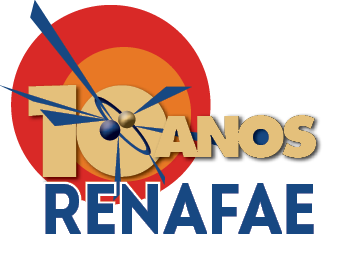Speaker
Description
In 2024 the Large Hadron Collider will enter a long shutdown to allow its upgrade (High-Luminosity LHC), such that it will later be able to run in a maximum instantaneous luminosity of 5 to 7x10^(34) cm^(-2) s^(-1).
While this represents an increase in the rate of interesting data generated at the LHC experiments, the resulting increase in the number of pile-up interactions and radiation will require significant upgrades to the CMS experiment, including a complete replacement of the inner and outer silicon trackers. The new outer tracker will reconstruct tracks at the full collision rate (40 MHz) and provide them to the Level 1 (L1) trigger, to improve its event selection performance.
The Data Trigger and Control (DTC) cards interface read-out electronics inside the CMS tracker sensor modules to the rest of the experiment, such as the track finder, data acquisition (DAQ) and L1 trigger systems. All the connections are established through high-speed serial protocols over optical fibers.
The extent of the tasks assigned to the DTC’s require these components to be highly reliable and, at the same time, highly performant. SPRACE is developing parts of the DTC firmware, contributing to the specifications for the card hardware and will financially contribute to the production of the cards.
